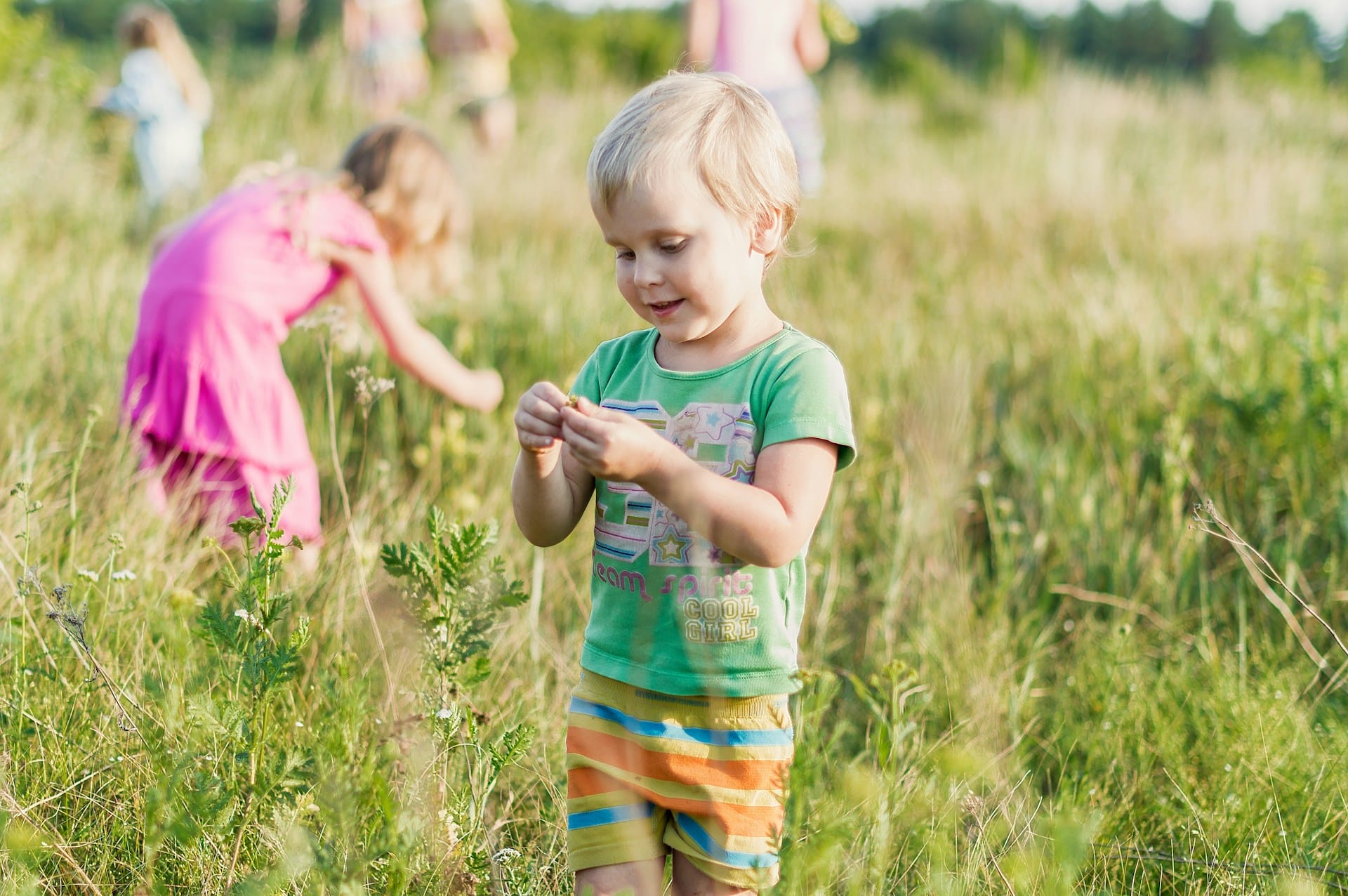
Earth Day Every Day: Cultivating Sustainable Habits Year Round
Each year, on the 22nd of April, over 1 billion people make efforts to lower their emissions and reduce their waste, while advocating for the environment. This past April, focus was on raising awareness about the harm caused by plastics, as well as the importance of conducting clean-ups and adopting more sustainable habits. Organizers hope Earth Day efforts will lead to a 60% reduction in plastic production by 2040.
Now, there’s no question championing these noble causes on a single day is effective. However, you shouldn’t overlook your environmental responsibilities for the rest of the year. Instead, use the momentum Earth Day generates to incorporate additional sustainable habits into your daily routine.
Plastic Waste
Reducing plastic waste is the headline cause for the 2024 edition of Earth Day, especially because plastic pollution has doubled in the past two decades.
Much of this waste ends up in the oceans and has caused the formation of The Great Pacific Garbage Patches. This has thrown tons of microplastics into the ocean and is a genuine threat to marine life.
You can do your part to cut down on plastics and advocate for the environment by recycling, reducing and reusing your plastics. For example, if you usually buy bottled water, get yourself a reusable water bottle instead. If you tend to buy a number of single-use plastic items (cutlery, straws, plastic bags, food wrappers, etc.), look for non-plastic, reusable alternatives the next time you’re at the store.
Another example is if you usually use store-bought air fresheners, consider switching to homemade, eco-friendly natural air fresheners. These air fresheners are generally created from essential oils, herbs and vinegar. They’re a particularly good option if you are asthmatic and need to reduce the amount of VOC in your home.
Replacing plastics with homemade and reusable items represents a long-term change that will help minimize your waste. Just be sure to follow up with other, bigger changes to further reduce the amount of plastic you use.
Energy Efficient Homes
Data collected by the Proceedings of the National Academy of Sciences (PNAS) shows homes cause around 20% of all GHG emissions. These GHG emissions can largely be attributed to heating, cooling, lighting and power. PNAS researchers explain, “…if considered a country, these emissions would be considered the world’s sixth largest GHG emitter, comparable to Brazil and larger than Germany”.
You can draw inspiration from the 2000 Earth Day to cultivate sustainable, low-emission habits around the home. The millennium edition of Earth Day advocated for green energy and encouraged grassroots initiatives. You can follow suit by making a habit of installing eco-friendly features in your home, including:
- Cool Roof: A cool roof reflects light and minimizes the burden placed on your HVAC unit. This will reduce your emissions year-round and can be retrofitted over existing roof panels.
- Solar: Switching to solar is one of the best things you can do to cut down your home’s emissions. Residential solar is becoming increasingly powerful, too, meaning your investment will continue to pay dividends for years to come.
- Draft-Proof: Heat escapes your home in the winter months and places a greater strain on your heating system. This contributes to raised emissions that could be easily cut if you seal gaps and cracks around windows and doors.
- Smart Tech: Controlling your home with tech, like smart meters and smart thermostats, can help you minimize your wasted emissions, cut down your bill and add value to your home.
Making these types of habitual changes can empower you to make other eco-friendly changes, too, like cutting down on food waste and water mismanagement.
Eco-Friendly Yards
When was the last time you considered the impact your garden has on the environment? If, like most people, you overlook your yard, you may want to use Earth Day, every day as a catalyst for some serious changes.
Start by changing the way you look after your lawn. Rather than using chemicals and sprinklers, embrace eco-friendly lawn care to encourage wildlife and promote the use of native plants. This is particularly important if you live in an area prone to drought and high temperatures. Techniques like xeriscaping and moss gardens offer low-waste alternatives that look great and help you form a green gardening habit.
If you grow your own fruit and veg to reduce emissions associated with food production, consider following EPA composting guidance. This keeps your scraps out of landfills and helps minimize your waste. When composting, you simply need to create a balance between carbon-rich materials (browns) and nitrogen-rich materials (greens). Generally speaking, 25 – 50% of your composted material should be “greens” (like leaves, clippings and fruit/veg waste) while 50 – 75% of your waste should be “browns” (like bark, flower stems, cardboard and other woody waste).
Keeping a compost bin in your yard fertilizes your garden and helps you adopt more resilient, sustainable habits. This aligns with Earth Day’s core principles and ensures climate change and sustainability stay top of mind when you make decisions about your garden.
Conclusion
Earth Day is a highlight of any eco-friendly individual’s year. It’s a chance to celebrate our collective efforts to fight climate change and regularly results in meaningful change. However, you shouldn’t see Earth Day as the only time when you take environmental advocacy seriously. Instead, use Earth Day as a catalyst to form more sustainable habits like reducing plastic waste, maximizing energy efficiency and composting in your yard.


Post a comment